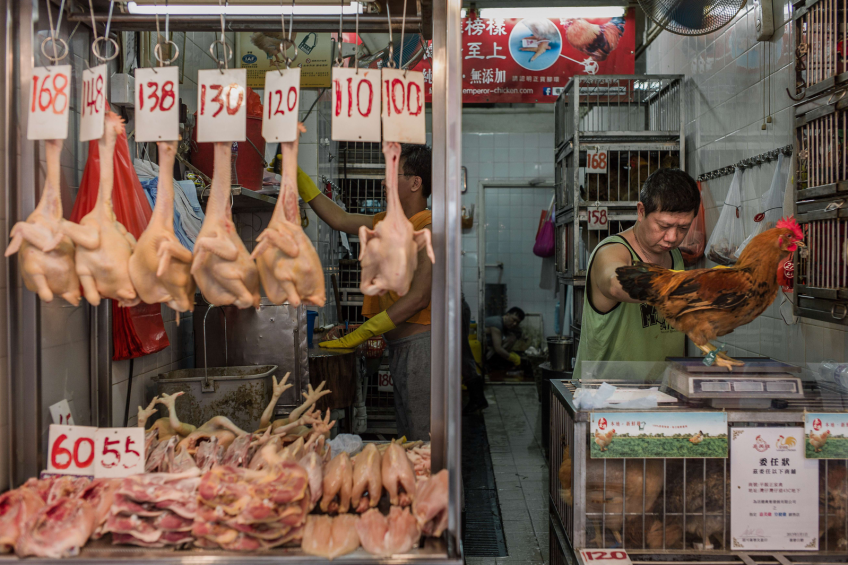US AI outbreak to affect Chinese poultry production

China banned imports of all poultry and poultry products from the US in January 2015 due to high pathogenic avian influenza (HPAI) outbreaks. This ban however, will impact China’s white broiler meat production since it relies on the US for grandparent breeding stock for its domestic production.
China has long favoured breeding stock from the United States as it tries to improve its own production efficiency, a recent USDA GAIN report states. A continued ban could result in lower 2017 production levels. Importers have looked to other sources for breeding stock, particularly to Europe. However, the potential resumption of US imports is a challenge to increasing breeding stock production in those countries.
Poultry production forecast in China
While some decline in white-feathered broiler meat is anticipated in 2016, an uptick in yellow broiler meat production will offset declines white broiler production to maintain overall production levels. China’s 2016 broiler meat production is forecast at 13.1 million tonnes, mirroring USDA’s 2015 official figure.
Poultry meat and pork are substitute meat options for Chinese consumers and pork prices are predicted to remain high in 2016 because of decreased sow stocks. China’s 2016 broiler meat consumption is forecast at 12.87 million tons, slightly below USDA’s official 2015 estimates. The overall economic picture for China, slower economic growth, and constraints on banquet spending per government policy remain in place. Additionally domestic bird flu cases, food safety scandals, and media reports of smuggled meat sold to consumers conspire to restrain consumption.
Decline in poultry imports
Poultry imports from Brazil and other South American countries have benefited from the absence of US suppliers. 2016 forecasts however see broiler meat imports at 200,000 tons, a decrease of 7% compared to USDA’s 2015 official figure.
Prior to the detection of HPAI in the United States, China maintained suspensions of US poultry meat and poultry product imports from five states, due to low-pathogenic avian influenza a move which is inconsistent with the World Organisation for Animal Health (OIE) guidelines, which do not recommend trade suspensions due to low pathogenicity avian Influenza detections.
Main poultry export market seeking other options
According to the report China’s 2016 broiler meat exports is forecast at 430,000 tons. Exports to Japan, China’s main export destination, are expected to continue to decline as lingering food safety concerns have caused Japanese buyers to seek other sources for poultry, such as Thailand. Japan and Hong Kong are the main export destinations for China’s poultry products. Although exports are expected to remain flat in the near term, China’s skilled workers and some state-of-the art facilities give it a competitive advantage in regional markets such as Japan and Hong Kong.













